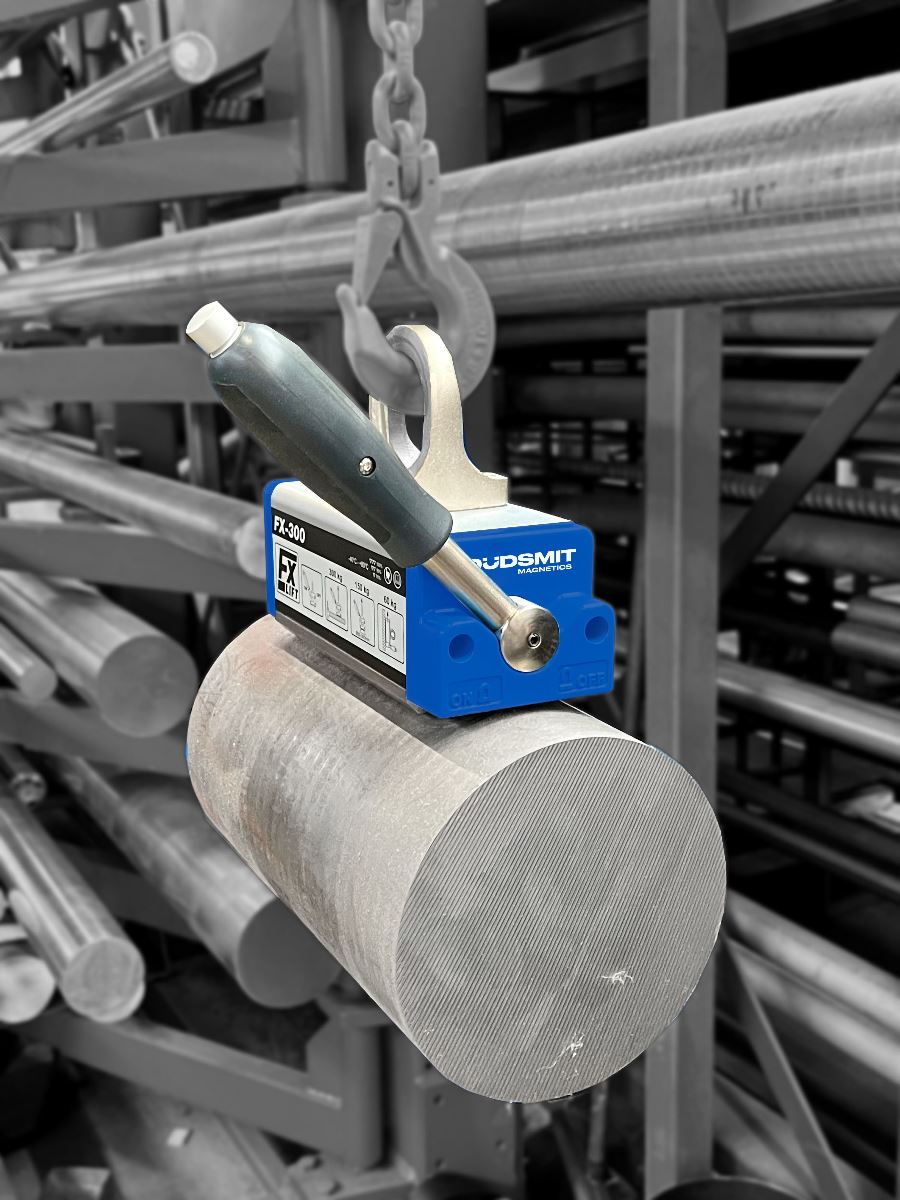Safety of lifting magnets
Safety and reliability are the most important criteria when lifting with magnets
Permanent or electro lifting magnets
Magnetic lifting can be done with both permanent and electromagnets. They are both switchable, but there are also differences:
- Permanent lifting magnets are compact and always function: they retain their magnetic force.
- Electro lifting magnets need electricity to create a magnetic field. They switch quickly and without wear, and also lift heavy loads. But they run the risk of the load falling if the power goes. That is why electro lifting magnets are always provided with an (expensive) back-up system.
Safety factor
You want to minimise the risks when working with lifting and hoisting equipment. That is why you should also take into account a safety factor in accordance with the EN13155 standard for the recommended workload:
- factor 2 for electromagnets and vacuum;
- factor 3 for permanent and electropermanent systems.
Risk analysis
When lifting objects, it is important to conduct a risk analysis beforehand. A good lifting system is a combination of the magnet, the suspension and the control system. In areas where people are endangered by a load falling from a lifting magnet, you must take measures that limit the fall distance to a maximum of 1.5 meters. This limitation does not apply, however, if you install a retention device - fall protection, such as a chain - that will catch and hold the falling load. Keep in mind that such a retention device reduces the ease of use.
When lifting heavy loads, you should also pay attention to the swaying of the load. In this situation, the weights are so high that they cannot be easily corrected by hand.

